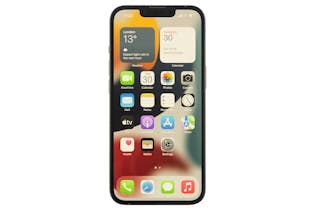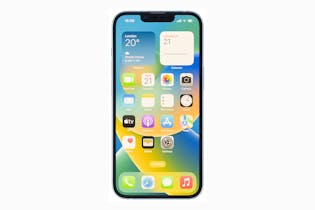How to keep using your phone overseas

If you want to keep using data when you’re on holiday, you’ll need to decide how you’re going to do it. If you go into your trip without a plan you could come home to a big bill or, if you’re on prepaid, find yourself constantly getting messages telling you to top up. Here are some options to look into.

How does mobile roaming work?
Mobile roaming lets you keep using your phone even when you’re outside your network’s coverage area. The cost can quickly add up, so if you intend to just roam while you’re away, make sure you have your telecommunications company’s app on your phone so you can monitor how much data you’re using. You’ll want to make sure you’re not streaming anything as that will swallow a lot of data – and turn off mobile data when you don’t need to use it.
What about a roaming pack?
If you don’t want to pay casual roaming rates, your telecommunications company will have different roaming options for you to choose from while you’re overseas. Take a look at their website because what you can access will depend on whether you’re on a plan or prepay and where in the world you’re going.
For example, if you’re a Spark customer travelling to Australia, you have three roaming packs to choose from. Which one you choose will depend on how long you’re staying and whether you want it to have voice minutes and texts included.
You can buy your plan before you leave – it often involves texting a combo of words to a number – but if you don’t, you’ll usually get a text from your company letting you know your options.
If you’re travelling with others, you could do what our market research and insights manager Scott Moore did on a recent family trip to Vietnam. Scott and his wife kept just one phone roaming, which he said cost NZ$8 a day, and when they needed to use the other phone, they linked the two by hotspotting.
Hotspotting, also called tethering, is a way of sharing your internet connection with others. So Scott was able to hotspot to his wife’s phone and use her data when he needed to rather than pay for another plan.
Should I get a local SIM card?
A SIM card is a physical card that you put in your phone to use like a local phone. You can usually buy them at the airport or a phone store in your new location. You’ll get a new phone number, which can be handy if you’re going to be abroad for awhile, and you prepay to get service, which is usually cheaper than roaming. A lot of Consumer NZ staff use this option when they travel.
Our communications and campaigns adviser Abby Damen picked up a SIM card from a Vodafone counter at Athens airport on a family reunion trip to Greece. Abby paid the equivalent of about NZ$80 for unlimited data on her 3-week trip and said “it was so easy and such good value”.
Consumer services support Bee O’Brien also picked up an unlimited data SIM card on her month-long study trip to Japan. She bought it online through Sakura Mobile before leaving Aotearoa, so she just had to pick it up from the airport when she landed. “The set-up process was a little fiddly, but they included detailed instructions with the card,” Bee said.
Another option is an eSIM card
An eSIM is simply a digital version of a SIM card, so there’s no need to fiddle with swapping tiny physical cards – and no worrying about losing them. You can download one before you leave so you’re ready to go when you arrive.
You can’t use eSIMs in all mobile phones. Premium phones sold since 2019 will work, but you’ll need to check if you have an older or cheaper model. eSIMs also won’t work if your phone is locked to your telecommunications company, which is often the case if you’re paying it off on finance. Ask your mobile provider if you’re not sure.
Our verifier Annette Barnes chose a global eSIM from Airalo when she travelled through Europe, so that she could keep using it in any country she went to. “We had no problems whatsoever. The only issue was with loading it – the instructions were quite difficult, for us oldies anyway,” Annette said.
On his trip to the States, our technology writer Nick Gelling used an eSIM from a provider called Instabridge. Nick paid NZ$19 for 10 gigabytes of US data, which comfortably lasted him two weeks. He too felt that the set-up was the fiddliest part, but once the eSIM was working, it was a breeze – and an absolute steal compared with roaming charges. “Remember to disable roaming on your regular SIM so you’re not paying casual rates by mistake,” Nick suggested. “If you ask people to contact you over an instant messaging service like Facebook Messenger rather than texting and cellular calling, you can turn off your SIM altogether.”
We've tested 187 mobile phones.
Find the right one for you.



Member comments
Get access to comment